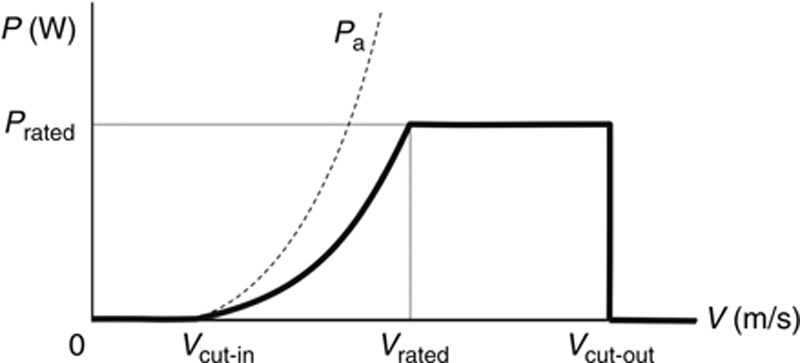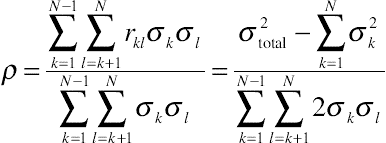Prediction of wind power generation output and network operation
Abstract
First, this chapter summarizes the difficulties in power system operation associated with the wind power penetration and the necessity of wind power forecasting that is derived as a solution for these difficulties. Then, the overview of wind power/wind farm output fluctuation characteristics is discussed with various indices showing some related analysis and discussions. Research and development trend in fluctuation suppression techniques is also introduced based on the paper survey results. Finally, the types of wind power forecasting approach is described with example results obtained from the demonstration project conducted in Japan.
Keywords
5.1. Need for forecasting wind power output in electric power systems

(a) Annual installed capacity; (b) cumulative installed capacity.
5.2. Power output fluctuation characteristics
5.2.1. Fundamentals
 (5.1)
(5.1)
 (5.2)
(5.2)



5.2.2. Maximum variation
Table 5.1
Extreme Variations of Large-Scale Regional Wind Power as a Percent of Installed Capacity
| 10–15 min | 1 h | 4 h | 12 h | |||||||
| Region | Region size (km2) | Number of sites | Max decrease (%) | Max increase (%) | Max decrease (%) | Max increase (%) | Max decrease (%) | Max increase (%) | Max decrease (%) | Max increase (%) |
| Denmark | 300 × 300 | >100 | −23 | +20 | −62 | +53 | −74 | +79 | ||
| West Denmark | 200 × 200 | >100 | −26 | +20 | −70 | +57 | −74 | +84 | ||
| East Denmark | 200 × 200 | >100 | −25 | +36 | −65 | +72 | −74 | +72 | ||
| Ireland | 280 × 480 | 11 | −12 | +12 | −30 | +30 | −50 | +50 | −70 | +70 |
| Portugal | 300 × 800 | 29 | −12 | +12 | −16 | +13 | −34 | +23 | −52 | +43 |
| Germany | 400 × 400 | >100 | −6 | +6 | −17 | +12 | −40 | +27 | ||
| Finland | 400 × 900 | 30 | −16 | +16 | −41 | +40 | −66 | +59 | ||
| Sweden | 400 × 900 | 56 | −17 | +19 | −40 | +40 | ||||
| US Midwest | 200 × 200 | 3 | −34 | +30 | −39 | +35 | −58 | +60 | −78 | +81 |
| US Texas | 490 × 490 | 3 | −39 | +39 | −38 | +36 | −59 | +55 | −74 | +76 |
| US Midwest+OK | 1200 × 1200 | 4 | −26 | +27 | −31 | +28 | −48 | +52 | −73 | +75 |

Denmark, data 2000–2002 from http://www.energinet.dk; Ireland, Eirgrid data, 2004–2005; Germany, ISET, 2005; Finland, years 2005–2007; Sweden, simulated data for 56 wind sites 1992–2001; United States, NREL years 2003–2005; Portugal, INETI.
5.2.3. Umbrella curve

5.2.4. Standard deviation
 (5.2.3)
(5.2.3)
 (5.2.4)
(5.2.4)
 (5.2.7)
(5.2.7)5.2.5. Power spectral density
 (5.2.8)
(5.2.8)
 (5.2.9)
(5.2.9)
 (5.2.10)
(5.2.10)
5.3. Power output smoothing control
5.3.1. Application of energy-storage system



5.3.2. Kinetic energy of wind turbines
5.3.3. Pitch angle control

5.4. Forecasting methods
5.4.1. Difficulties
5.4.2. Physical approach

5.4.3. Statistic approach

5.4.4. Regional forecasting
5.4.5. Probabilistic forecast
5.5. Examples of forecasted results

(a) Site A; (b) site B; (c) site C.

(a) Site A; (b) site B; (c) site C.

5.6. Forecasting applications
5.6.1. Scheduled generation of wind farms and solar power plants with energy-storage systems
5.6.2. Suppression of ramp variation of wind output

(a) After the variation detection and (b) before the variation with the support of output forecast.
